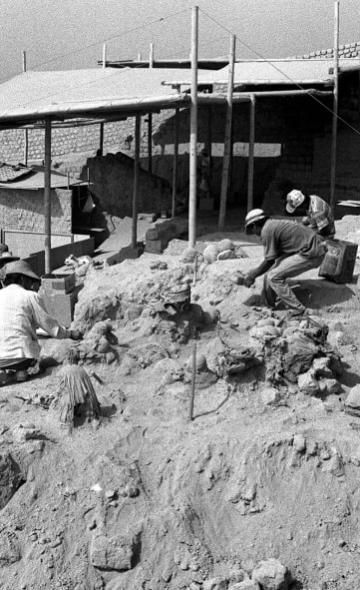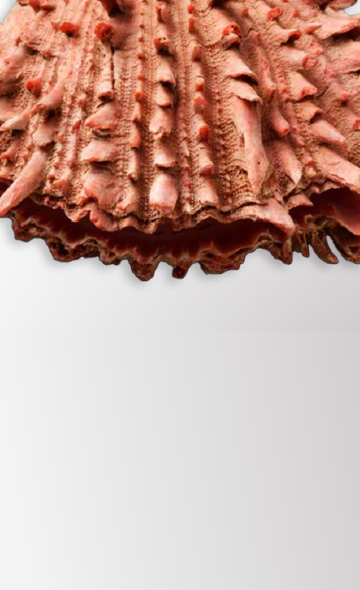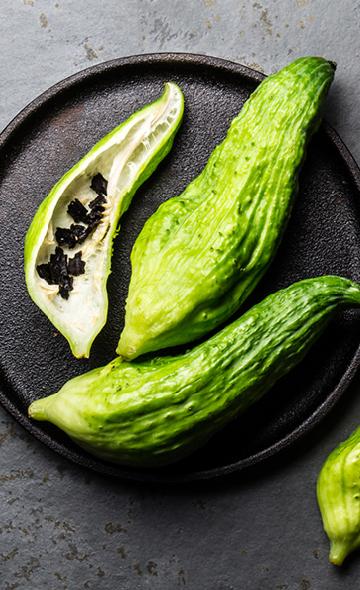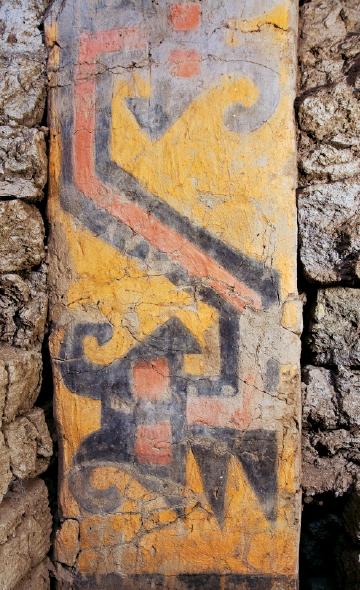- Visitors
- Researchers
- Students
- Community
- Information for the tourist
- Hours and fees
- How to get?
- Visitor Regulations
- Virtual tours
- Classic route
- Mystical route
- Specialized route
- Site museum
- Know the town
- Cultural Spaces
- Cao Museum
- Huaca Cao Viejo
- Huaca Prieta
- Huaca Cortada
- Ceremonial Well
- Walls
- Play at home
- Puzzle
- Trivia
- Memorize
- Crosswords
- Alphabet soup
- Crafts
- Pac-Man Moche
- Workshops and Inventory
- Micro-workshops
- Collections inventory
- News
- Students
- Discover Lambayeque architecture in the Chicama Valley
News
CategoriesSelect the category you want to see:
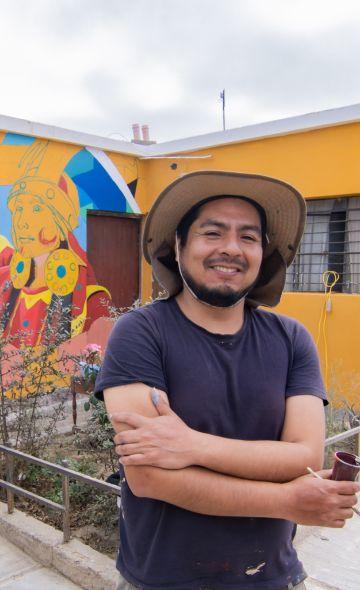
Magdalena de Cao to Once Again Host an International Mural Art Gathering ...
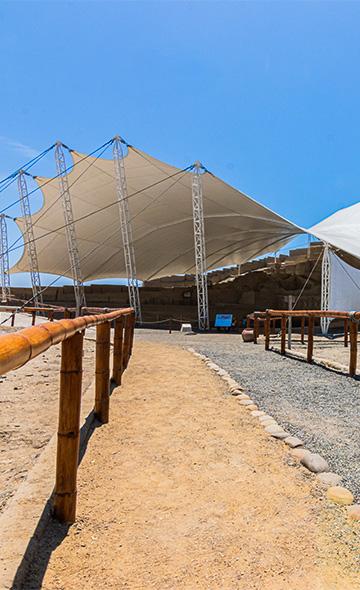
Explore El Brujo Through Virtual Tours: Culture and History at a Click ...
To receive new news.
By: Complejo Arqueológico El Brujo
How much do you know about the Lambayeque culture? It is a cultural group that developed on the northern coast of Peru, including the Chicama Valley, between 900 and 1350 A.D., which corresponds to the Middle Horizon and Late Intermediate periods.
As for its name, there is still a debate about the name today, given that there are researchers who use the term Lambayeque to designate it, while others use the term Sicán. This dilemma goes beyond a simple grapheme and addresses deeper aspects, such as the chronology and even the place from which the study of this culture is approached.
The architectural legacy of the Lambayeque uncovered
The landscape of Post-Mochica settlements has long been a mystery. Until the 1990s, it was not very clear what happened after 800 A.D. But Marcus Reindel changed that with his pioneering study, collecting information on the architecture of the northern region of Peru and establishing a relative chronology for the main valleys: Lambayeque, Zaña, Jequetepeque, Chicama, Moche and Virú.
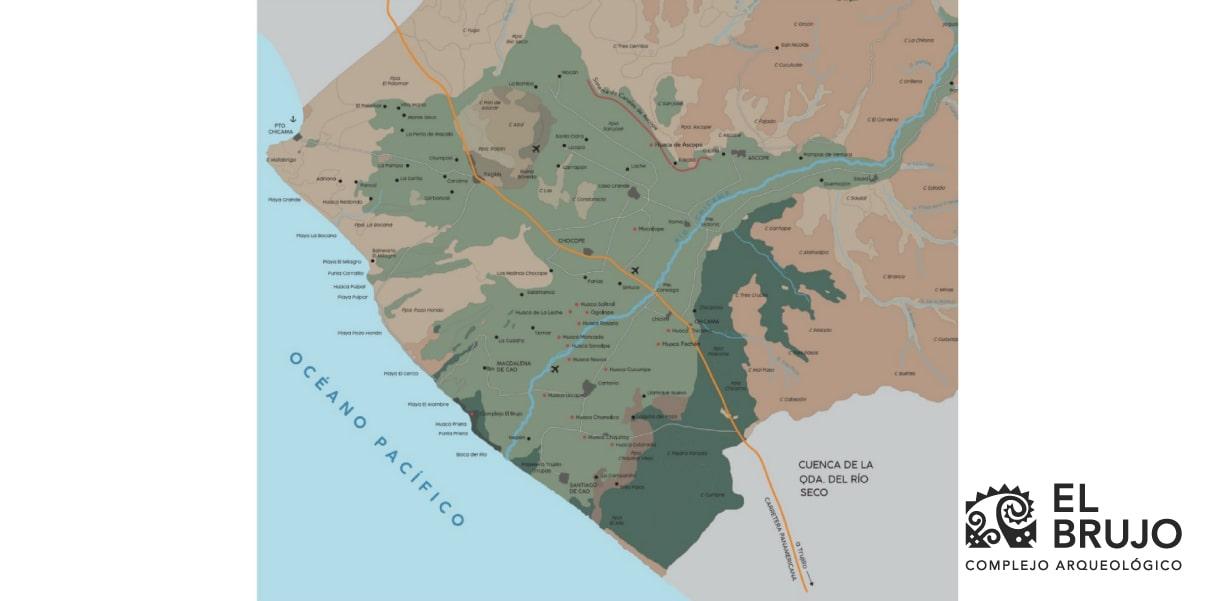
Distribution of Lambayeque sites in the Chicama Valley: The black dots represent towns and cities and the red dots indicate archaeological sites.
This is how Reindel identified seven periods based on various architectural characteristics, establishing a typology of adobes, masonry, means of access to the huacas and iconography, among others. It is like having a timeline that shows us how these civilizations evolved!
Adobe serialization in Batán Grande (Shimada, 1995) and in the Chicama Valley (Gálvez & Castañeda, 2014).
In this sense, Gálvez points out something very interesting about the production of adobes in that period: they were less standardized and their finish was less fine compared to the Mochica adobes. This suggests a high demand for adobes, especially with convex plans, for the construction of large-scale edifices.
The Lambayeque architecture is characterized by the use of rectangular-convex and rectangular adobes completely parallelepiped, which, for Galvez were less standardized and their finish was less fine compared to the Mochica adobes. Also, two ways of making the adobes were distinguished: binding, and especially, with the stretcher and header placement. The shape of the edifices is also notable: tall with symmetrical terraces, terraced with lateral annexations and access ramps (Fardos Lambayeque, p. 21).
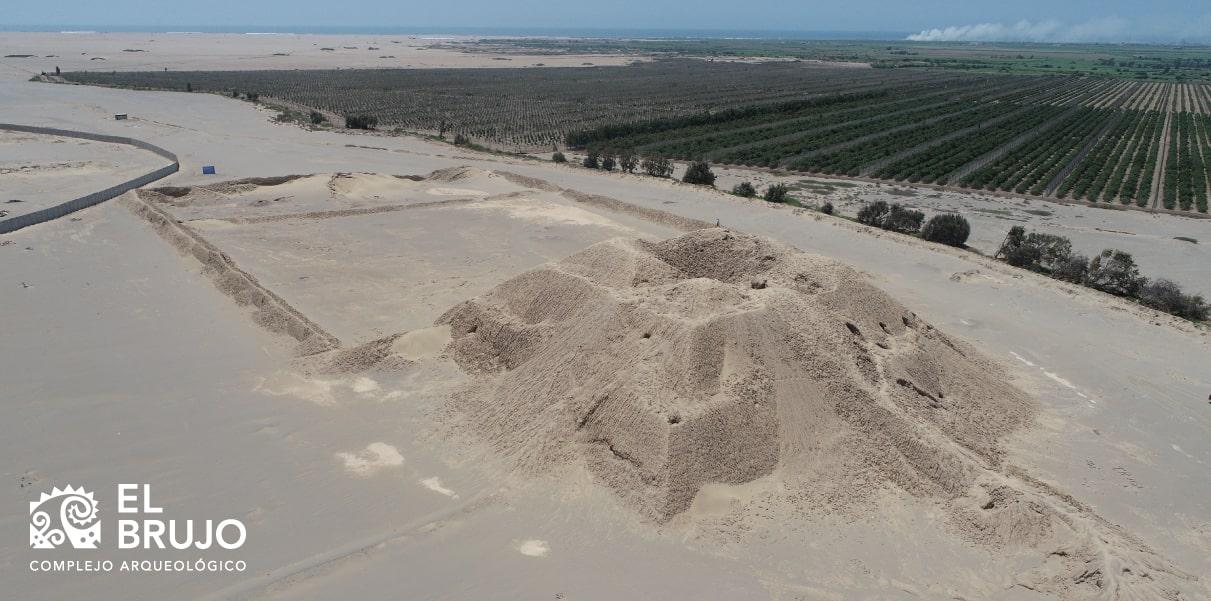
View from the back of Huaca Colorada, located on the outside of the southern margin of the lower Chicama.
Currently, we find in El Brujo a pumice model that represents these buildings, showing the precision and detail of their constructions. Imagine what these structures must have been like at their maximum splendor!
11.jpg)
Lambayeque monumental model, excavated to the south of the CAEB, exhibited in room 3 of the Cao Museum (Mujica 2007:267)
In this period, the huacas of the Chicama Valley of the Rosario Group (Sonolipe, Ongollape, Salitral and La Leche), Huaca Cucurripe, among others, stand out. It seems that, after the fall of the ceremonial occupation of El Brujo, the ritual center was moved to the Rosario Group, about 12 km away!
Panoramic view of the Rosario Group on the northern margin of the lower Chicama.
Would you like to learn more about the development of the Lambayeque culture and its settlement in Magdalena de Cao? We invite you to visit the El Brujo Archaeological Complex!
Students , outstanding news


